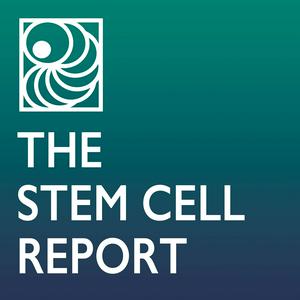Stem Cells in Space: Muscle Regeneration in Microgravity
Skeletal muscle is one of the most abundant tissues in the human body, representing approximately 40% of body weight. Under certain circumstances, skeletal muscle can be regenerated through satellite cells, a reservoir of quiescent muscle stem cells, that can be activated with injury or in certain diseases and give rise to newly formed multi-nucleated myotubes and myofibers. However, the regenerative potential of muscle is diminished or is completely absent in the course of normal aging, certain diseases, and space travel. For example, time spent in microgravity can have a profound impact on human physiology, especially the muscular system, as astronauts lose up to 20% of their lean muscle mass and up to half of their strength. The identification of countermeasures against the effects of muscle regeneration, including microgravity, is an increasing priority for an aging population and continued space travel. Experiments in microgravity, conducted on the International Space Station, offer a unique opportunity to understand muscle regeneration and the effects of microgravity. Our guests today will discuss muscle regeneration, their muscle-on-a-chip platform that mimics salient aspects of impaired muscle regeneration, and the feasibility of drug screening in microgravity.GuestsNgan Huang, PhD, Department of Cardiothoracic Surgery, Stanford University, USASoochi Kim, PhD, Department of Biotechnology and Bioinformatics, Korea University, KoreaHostJanet Rossant, Editor-in-Chief, Stem Cell Reports and The Gairdner FoundationSupporting ContentPaper link: Skeletal muscle-on-a-chip in microgravity as a platform for regeneration modeling and drug screeningAbout Stem Cell ReportsStem Cell Reports is the open access, peer-reviewed journal of the International Society for Stem Cell Research (ISSCR) for communicating basic discoveries in stem cell research, in addition to translational and clinical studies. Stem Cell Reports focuses on original research with conceptual or practical advances that are of broad interest to stem cell biologists and clinicians.X: @StemCellReportsAbout ISSCRWith nearly 5,000 members from more than 80 countries, the International Society for Stem Cell Research (@ISSCR) is the preeminent global, cross-disciplinary, science-based organization dedicated to stem cell research and its translation to the clinic. The ISSCR mission is to promote excellence in stem cell science and applications to human health.ISSCR StaffKeith Alm, Chief Executive OfficerYvonne Fisher, Managing Editor, Stem Cell ReportsKym Kilbourne, Director of Media and Strategic CommunicationsMegan Koch, Senior Marketing ManagerJack Mosher, Scientific DirectorHunter Reed, Senior Marketing Coordinator


